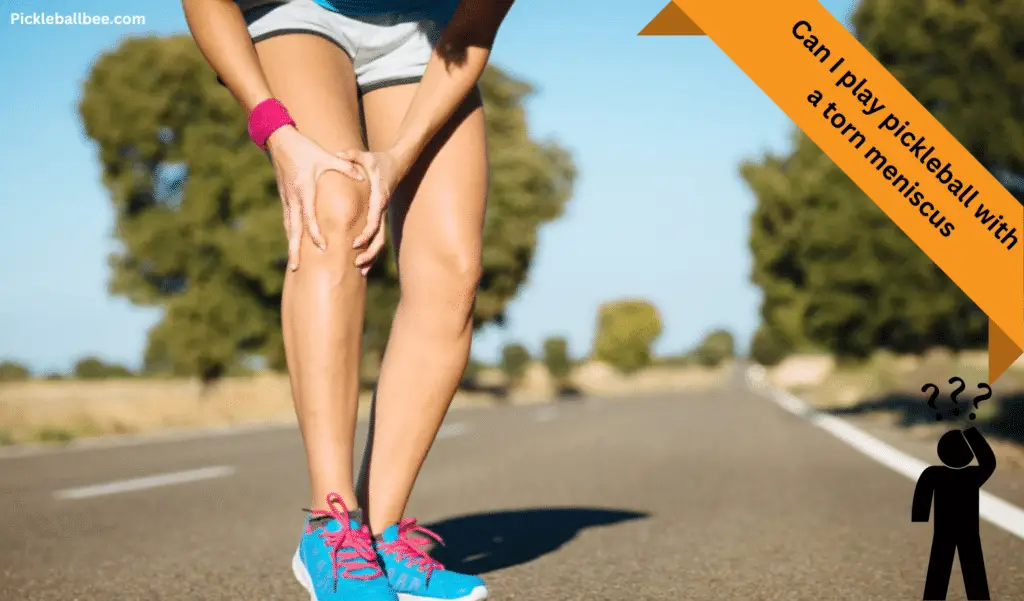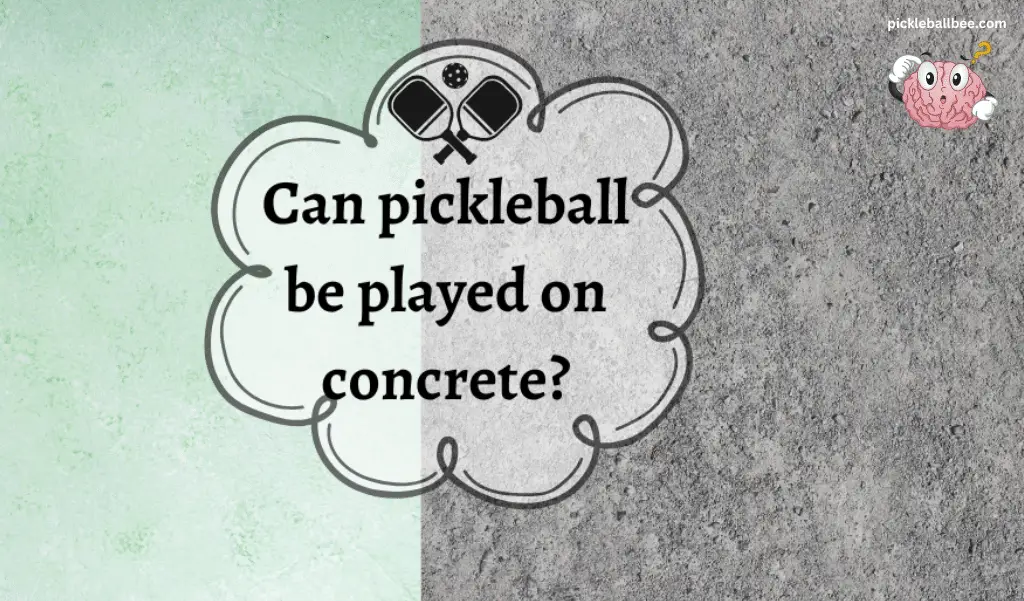
Pickleball has gained immense popularity in recent years, and enthusiasts worldwide are investing in pickleball courts to enjoy this exciting sport. Regular painting is a crucial aspect of maintaining a pickleball court, which enhances its aesthetics and prolongs its lifespan. You might wonder about the cost of painting a pickleball court. In this article, we will explore the various factors influencing the cost to paint a pickleball court, different paint options, and whether hiring professionals or undertaking a DIY project is best.
What is a Pickleball Court?
A pickleball court is a rectangular playing surface with specific dimensions and markings designed for pickleball. It is typically 44 feet long and 20 feet wide for doubles play, and 22 feet wide for singles play. pThe court is divided into two equal sides by a net, and it also features non-volley zones near the net on each side to ensure fair gameplay.
How much does it cost to paint a pickleball court?
The cost to paint a pickleball court can vary depending on several factors, including court size, surface material, court condition, location, and whether you choose to hire professionals or do it yourself. Painting a pickleball court can cost anywhere from $1500 to $5000 or more in USD for a standard-sized court. Larger courts or those requiring extensive repairs may incur higher costs. It’s essential to consider the specific requirements of your court and obtain quotes from professionals to get a more accurate estimate.
The Importance of Painting a Pickleball Court
Safety Considerations
First off, why do we even paint pickleball courts? There are multiple reasons. Primarily, it’s about safety. A well-painted court helps provide clear lines for fair and safe play. In addition, the paint can offer traction to reduce the chance of slips and falls.
Aesthetic Appeal
Aesthetically, a freshly painted court looks better. It exudes an aura of professionalism and entices people to play.
Lifespan Enhancement
Additionally, paint can significantly extend the court’s life by providing a protective layer against weather elements.
Factors That Influence the Cost of Painting a Pickleball Court

Size of the Court:
Like any painting job, the cost of a pickleball court varies depending on several factors. One major factor is the court’s size. Larger courts require more paint and labor, driving up the cost.
Type of Paint Used:
The type of paint used is also a significant cost factor. High-quality, durable paint designed for sports courts will typically cost more, but they offer a better return on investment due to their longevity.
Location and Accessibility:
The location and accessibility of the court can also affect the cost. If the court is difficult to access, it may require more time and resources, which can increase the price.
Labor Costs:
Finally, labor costs. Painting a court is a specialized task; professional painters usually charge by the hour.
Average Cost of Painting a Pickleball Court
Given all these factors, the average cost to paint a pickleball court ranges between $4,000 and $7,000. However, this is just an estimate, and prices can vary significantly.
How much paint do you need to paint a pickleball court?
The amount of paint required to paint a pickleball court can depend on several factors, including the size of the court, the type of paint being used, and the number of coats planned. However, as a general estimate, for a standard-sized pickleball court (which is 20×44 feet), you might need around 10 to 12 gallons of paint for a two-coat application. This estimate assumes that the paint will cover approximately 150 to 200 square feet per gallon, a common coverage rate for many exterior paints.
What kind of paint do you use on a pickleball court?
When painting a pickleball court, you’ll want to use durable, high-quality paint designed for sports courts. Acrylic sports court paints are typically recommended due to their excellent durability, UV resistance, and ability to provide a good traction surface for players. These paints are available in various colors to accommodate the desired design and aesthetics of the court.
How to Save Money When Painting a Pickleball Court?
Saving money when painting a pickleball court requires careful planning and consideration of various cost-saving strategies. Here are some tips to help you minimize expenses while still achieving a well-painted court:
- DIY vs. Hiring Professionals: If you have the necessary skills and equipment, consider painting the court yourself. DIY can significantly reduce labor costs. However, if you lack experience or expertise, hiring professionals is best to avoid potential mistakes that could lead to higher costs in the long run.
- Group Discounts: If you have multiple pickleball courts that need painting, consider getting them done together to negotiate a group discount with professional painters or suppliers.
- Buy Paint in Bulk: Purchasing paint in bulk quantities can often lead to discounts, reducing the overall cost per gallon.
- Use High-Quality Paint: Investing in high-quality acrylic paint specifically designed for sports courts may seem expensive initially, but it can save money in the long term. Quality paint lasts longer and requires less frequent repainting, reducing maintenance costs.
- Regular Maintenance: Regularly maintain your pickleball court to avoid extensive repairs and damage. Keeping the court clean and patching minor cracks promptly can prevent the need for costly repairs later.
- Choose Local Suppliers: Buying materials from local suppliers can save on shipping and transportation costs.
- Plan During Off-Season: Plan the court painting during the off-season when demand for court-related services is lower. Some contractors may offer discounts during slower periods.
What is the best way to paint a pickleball court?
Painting a pickleball court is a multi-step process:
- Clean the Court: Start by thoroughly cleaning the court surface. This can involve sweeping, power washing, and making sure any algae or moss is removed.
- Repair Damages: Any cracks or damages should be repaired before you begin painting.
- Prime the Surface: If you’re painting a new court or the old paint is worn out, applying a primer can help the new paint adhere better.
- Paint the Court: Start with painting the main court area. It’s often recommended to use a paint roller for an even application. Apply multiple coats as necessary, allowing each to dry thoroughly.
- Paint the Lines: The lines can be painted using a smaller brush or a specialized line-painting machine for precision. Typically, these are done in contrast to the main court area.
- Seal the Surface: Once everything is dry, apply a sealant to protect the paint and prolong the court’s life.
How to Paint a Pickleball Court by Yourself?
Painting a pickleball court by yourself can be a fun, fulfilling project, although it requires a keen eye for detail and a good amount of preparation. To begin, measure and outline the court’s boundaries. Typical dimensions for a pickleball court are 20 feet by 44 feet. Use a chalk line to mark the borders, making sure they are straight and square. Once your outline is ready, thoroughly clean the surface. Any dirt, grease, or loose paint can interfere with the new paint’s adherence.
Next, select the appropriate paint. An acrylic latex outdoor paint is commonly used for such projects, due to its durability in varying weather conditions. Lighter colors, such as blue or green, are typical choices because they contrast well with the white lines and do not get too hot under the sun. Buy enough paint to cover your court surface at least twice; two coats will give you a strong, even color.
Once your surface is clean and your paint is chosen, it’s time to start painting. Use a paint roller for the larger areas and a paintbrush for the detailed parts like lines and corners. Allow the first coat to dry completely before applying the second one. Finally, use a stencil and white paint to create the playing lines according to pickleball standards. Remember to let the paint cure completely before you play.
Tips for Painting a Pickleball Court
When it comes to tips for painting a pickleball court, there are a few key pieces of advice to consider. First, proper preparation is vital. Ensure your surface is clean, and free from any debris or old paint that could impede the adhesion of the new paint. Consider renting a pressure washer for a thorough cleaning.
Second, be patient and meticulous with your measurements. Accurate lines will enhance the playing experience. A laser level can be a great help in ensuring your lines are straight. Also, consider purchasing line marking tape to assist in keeping your lines straight when you paint.
Third, weather can play a significant role in your painting project. Avoid painting on a windy day as the dust and debris could stick to your fresh paint. Likewise, avoid painting when rain is expected, as it could wash away your paint before it dries.
Lastly, safety first. Always wear proper protective equipment such as gloves, a mask, and eye protection when painting. This is especially important if you are using a paint sprayer.
Conclusion:
Understanding the cost to paint a pickleball court and steps of painting a pickleball court can make the process less daunting. Though it may seem like a substantial investment, its safety, aesthetic appeal, and enhanced lifespan benefits make it worthwhile. Moreover, with careful planning, appropriate selection of materials, and regular maintenance, you can ensure that your court remains vibrant and inviting for years to come.
FAQs:
-
How many gallons of paint do I need to paint a pickleball court?
Generally, you would need 10 to 12 gallons of paint to apply two coats on a standard-sized pickleball court (20×44 feet). This is based on the common coverage rate of 150-200 square feet per gallon of exterior paint.
-
Cost of Paint?
The cost of paint specifically designed for sports courts can range from $30 to $60 per gallon, depending on the brand and quality. This means that for a standard-sized pickleball court, which typically requires 10 to 12 gallons for a two-coat job, you could spend between $300 and $720 just for paint.
-
How do you cover a pickleball court?
Covering a pickleball court with fabric covers is an excellent choice for eco-friendly protection. These covers are crafted from sustainable materials, promoting reuse and recycling. By opting for fabric covers, you can significantly decrease the necessity for repairs and maintenance, reducing waste generated during the sport.


